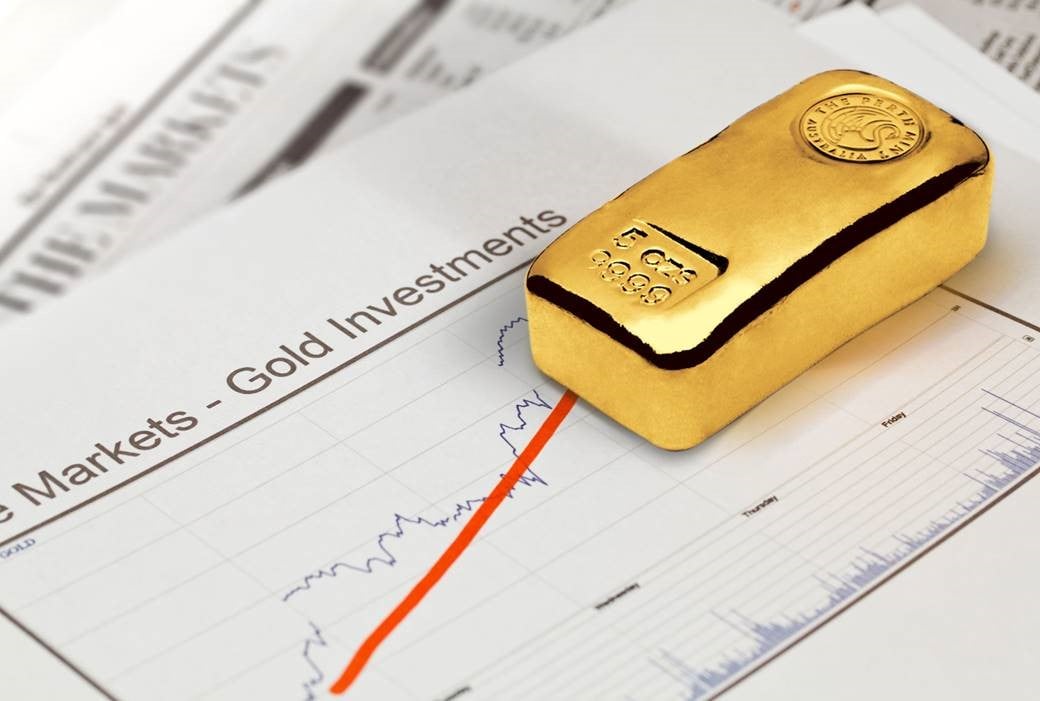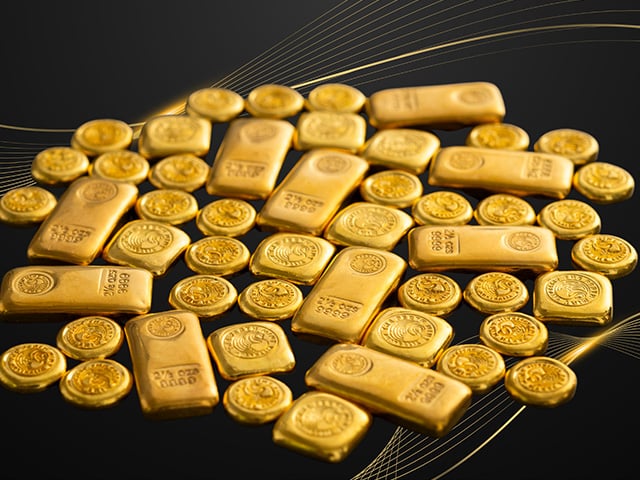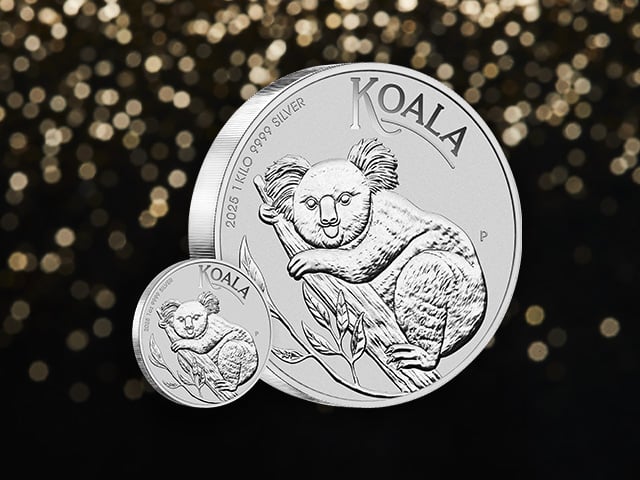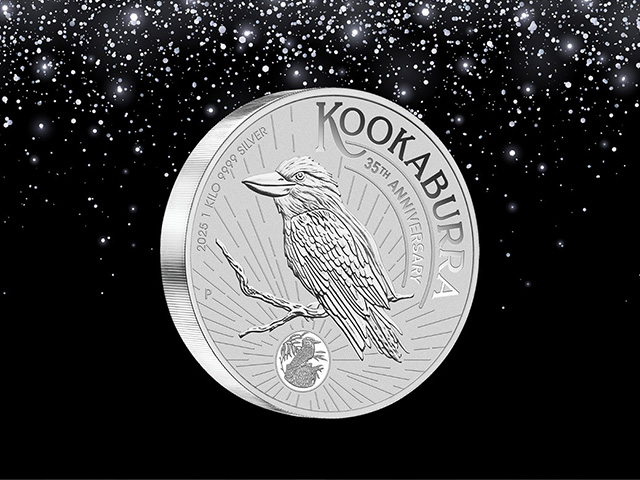What's behind the strong rally in gold and silver prices?

Gold and silver prices rallied strongly in May, buoyed by a multitude of factors from a falling US dollar to declining bond yields and crashing cryptocurrencies. Reclaiming all the losses that had been seen earlier in the year, the precious metal market is well placed to continue delivering gains to investors, with a range of factors likely to support demand as we head toward the second half of 2021.
Summary of market moves:
- Gold and silver prices rose strongly in May, increasing by over 6.5% each for the month.
- The rally saw both precious metals reclaim all of the losses seen in Q1 this year, with prices now positive on a calendar year basis.
- Multiple factors drove the increase in precious metals, from a falling US dollar to declining bond yields and a crash in cryptocurrency prices.
- The demand side for gold remains positive, with solid buying being seen in retail markets, ETF holdings increasing for the first time since January, and managed money speculators increasing their exposure.
- Looking ahead, a period of range trading should not be unexpected, but there remain multiple tailwinds for precious metals, including heightened warnings about bubbles in financial markets.
Full report - April 2021
Prices for gold and silver surged in May, with the two precious metals rising by 7.5% and 6.8% respectively in US dollar terms. The increase, which has now seen the two precious metals rally by 12.4% (gold) and 15.1% (silver) since the lows seen at the end of March, means both are now trading in positive territory for the year, having totally clawed back the losses seen during Q1.
In Australian dollar terms, gold and silver ended the month at AUD 2,459 and 35.77 per troy ounce, up 8.2% and 7.5% respectively. The AUDUSD FX rate saw a minor fall during May, ending the month at 0.7725.
There have been multiple factors driving the recovery in gold prices, including weakness in the US dollar, which fell by 1.4% during May, to a decline in bond yields, with 10-year US Treasuries ending May yielding just 1.58%, down from 1.65% a month prior.
Crashing cryptocurrency prices have also been a factor. The circa 50% pullback in Bitcoin since the peak above USD 60,000 per coin earlier this year reaffirmed why it’s not yet a reliable safe haven in the minds of many investors, and indeed may never become one, no matter how often its supporters attempt to market it as digital gold.
Interestingly, gold’s recovery is taking place alongside a pause in the recent pickup in inflationary forces, with 5 and 10-year breakeven inflation rates in the United States falling in the last two weeks of May, ending the month basically flat. Commodity prices, which had roared higher in an almost uninterrupted fashion since hitting multi decade lows around the end of Q1 2020, also stagnated in the latter part of May.
Success with the rollout of vaccines (which it must be noted is not uniform across the developed or developing world) is also leading to a more optimistic outlook for economic growth, with the OECD increasing its projections for global GDP growth in 2021 to 5.8%. This number was set at 5.6% in March, and just 4.2% when the OECD released forecast growth numbers for 2021 back in December last year.
Finally, we are also seeing hints of a more hawkish tone creeping into the guidance issued by some developed market central banks, with a few beginning to talk about tapering the excessive levels of stimulus they’ve been deploying.
The fact that gold has rallied as hard as it has since the lows seen in Q1 attests to the fact that it is far more than an inflation or crisis hedge, which is how many investors see it.
At this point, the strong performance seen during May reinforces the view that the pullback we saw between August 2020 and March 2021 was simply a healthy correction in an otherwise well-established bull market trend.
The strong price gains also led to a return to inflows for gold ETFs in May, continued demand for physical products in key markets, and speculators increasing their positioning in futures markets.
Below, we explore the demand picture, touch on the inflationary forces building in the economy, and examine warnings of bubbles in financial markets.
Gold demand
Over the last few months, we’ve seen encouraging signs on the demand side for gold. For most of the year, retail bar and coin demand in Western markets has been robust, witnessed through the 36% year on year increase in Q1 2021. Perth Mint sales of coins and bars were particularly strong in Q1, with this trend continuing in April and May of this year.
In key physical markets, demand was strong for most of the month in China, even if premiums came off a little bit. India was understandably distracted by the acute challenges it is facing with COVID-19, with the market likely to take some time to normalize.
In other parts of Asia, the sharp rally in gold led to more subdued levels of demand, which is in stark contrast to the significant levels of buying seen in late Q1 and April, when prices were hitting their lows for the year.
On the ETF side of the market, investors turned net buyers again after three months of selling that saw more than 200 tonnes of gold flow out of these products. Current estimates suggest between 50 and 60 tonnes of gold was bought through these vehicles during May, with clients of The Perth Mint contributing to this trend through the modest inflows into our ASX listed product PMGOLD.
Speculative money also increased its exposure on the long side of the gold trade, with managed money long positions increasing from 117,100 contracts on 27 April to 143,900 contracts by 25 May, while short positions declined from 66,500 to 36,600 positions over the same time period.
All up, this speaks to renewed optimism regarding the outlook for gold among developed market investors, though a period of range-trading either side of USD 1,900 per troy ounce would not be unexpected after such a strong rally in recent weeks.
Inflation – transitory or not?
Despite the plateauing in inflation expectations that took place in late May, there is no doubt that the last 12 to 15 months have seen a sharp rise in cost of living pressures, with official inflation results suggesting prices across the United States rose by 4.2% in the 12 months to the end of April.
Energy prices were a major contributor to the sharp rise in overall inflation, having increased by more than 25% over the year, with core inflation (which strips out more volatile items like food and energy) rising by a lower amount, though still coming in at 3% for the year.
Despite the increase, there are two schools of thought as to how big a problem this increase in consumer prices is.
In one camp are those who think the pick-up is transitory and that within a year or so inflation will return back toward the levels central banks tend to target, which is typically around the 2% level.
This camp attributes much of the rise in inflation over the last 12 months to base effects. As they see it, the 3-4% increases we are experiencing are coming off a lower than expected base due to the cratering of inflationary pressures seen at the height of COVID-19. They also believe that the supply chain issues caused by the pandemic driven shutdowns as a short-term inflationary phenomenon, but one that will normalise in due course.
The other camp is not convinced and sees the recent pick-up in consumer demand as the start of a multi-year period of higher rates of inflation. This camp sees the much larger role that fiscal stimulus is playing now, relative to the post GFC environment, as a ‘game changer’.
Meanwhile, the mandates of central banks have also expanded in terms of the quantity of money they can, and are, creating, the types of assets they are allowed to buy, and the funding they are providing to commercial banks.
The higher inflation camp also thinks that central banks will be too slow to pare back the levels of monetary stimulus they are currently deploying. This is because the high inflation camp by and large thinks central banks themselves are in the “inflation is transitory” camp, meaning they aren’t as worried as they should be about building price pressures.
There is also a view that central banks as a whole will be happy with two to three years of higher than average inflation to “make up” for several years of lower inflation results, with the US Federal Reserve’s move to average inflation targeting announced in late 2020, supporting this notion.
While history suggests gold would really thrive if inflationary pressures continue to build, it also tells us that gold delivers positive real returns in environments where inflation is more modest. This can be seen in the table below, which highlights the average nominal and real return for gold in US dollar terms in years where inflation is above or below 3%.
Inflation environment
Nominal return
Real return
High inflation ( >3% p.a)
15.1
8.3
Low inflation (<3% p.a)
5.6
3.6
Source: World Gold Council, data from 1971 to 2019.
As a result, while we will watch inflation with interest, month to month developments shouldn’t necessarily drive a change in the investment approach when it comes to gold, given it has historically played a positive role in a portfolio no matter how fast consumer prices are rising.
Bubble warnings continue to build
When investors think of gold as a safe haven, they are typically attracted to the precious metal because it has a strong track record of outperformance when inflation rises, when real interest rates fall, or when risk assets like equities fall in value.
And while low to negative real interest rates combined with the unprecedented levels of fiscal and monetary stimulus we’ve seen since COVID-19 hit can be used to justify why equity markets are as high as they are today, there is also no doubting the risk in this asset class in the years ahead.
Multiple metrics, from price to earnings ratios and price to sales ratios, to the market value of the equity market relative to the value of economic output, all suggest markets are either at or near all-time highs, which portends a period of much lower returns between now and 2030, with significant drawdowns and volatility along the way.
To this end, we were fascinated by a recent podcast hosted by Patrick Poke of Livewire Markets, who spent the better part of two hours interviewing a genuine investment legend in Jeremy Grantham of GMO on the state of financial markets today.
To summarise, Grantham believes markets are in a clear bubble, which could pop at any time, causing severe financial pain to those not prepared for it.
Two of the key takeaways from the interview were that, in Grantham’s view:
- Resources will be more scarce going forward, with the more or less 100-year downtrend in commodity prices over.
- Inflation hedges, including commodities, look like attractive investments now.
While there are no guarantees we see a sharp pullback in equities anytime soon, history suggests it is just a matter of time, with the takeaways from the interview likely to bode well for gold demand in due course, an asset that Grantham himself owns, in part due to its multi-millennia history of use.
If it’s a good enough asset for a master of the investment universe, then it’s good enough for most of us, one suspects.
DISCLAIMER
Past performance does not guarantee future results. The information in this article and the links provided are for general information only and should not be taken as constituting professional advice from The Perth Mint. The Perth Mint is not a financial adviser. You should consider seeking independent financial advice to check how the information in this article relates to your unique circumstances. All data, including prices, quotes, valuations and statistics included have been obtained from sources The Perth Mint deems to be reliable, but we do not guarantee their accuracy or completeness. The Perth Mint is not liable for any loss caused, whether due to negligence or otherwise, arising from the use of, or reliance on, the information provided directly or indirectly, by use of this article.













